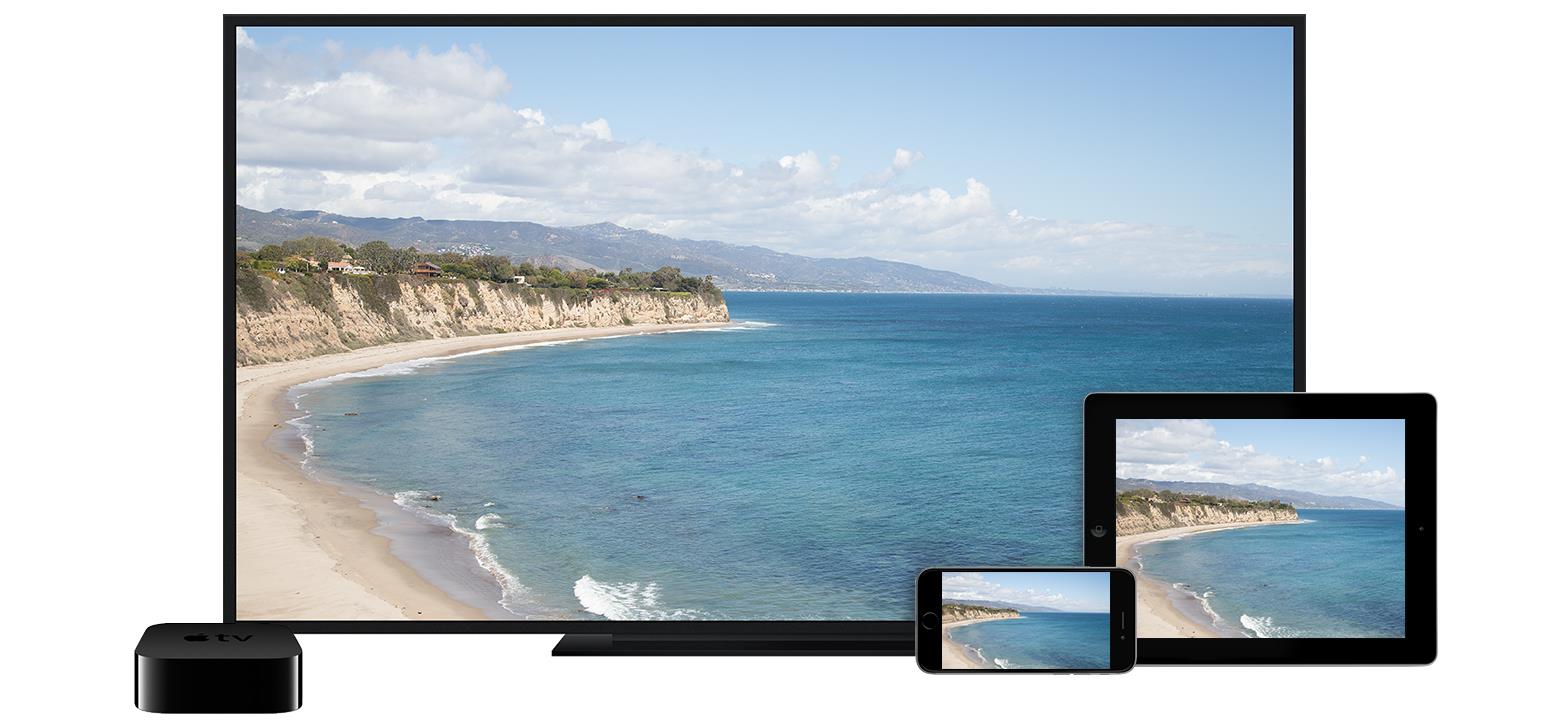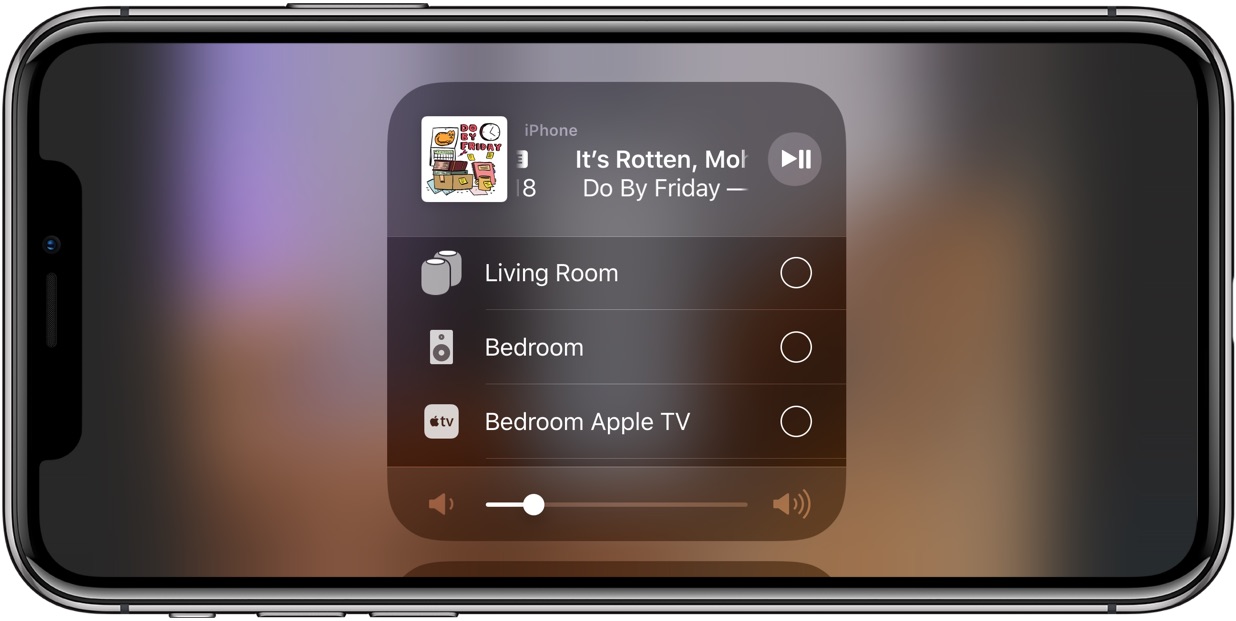
➤ Receiver: Apple TV, AirPort Express, or AirPlay-enabled accessory ➤ Sender: iTunes on computer (Windows, Mac). Mac Pro (Late 2013 or later), iMac (Mid 2011 or later), Mac mini (Mid 2011 or later), MacBook (Early 2015 or later), MacBook Air (Mid 2011 or later), MacBook Pro (Early 2011 or later)ĪirPlay from iTunes to AirPlay enabled devices Receiver: Mac computers with OS X Mountain Lion v10.8 or later:

Sender: Apple TV (2nd generation or later) with the latest Apple TV software ➤ If AirPlay video from Mac to Apple TV, then Sender: Safari or QuickTime Player (version 10) on Mac OS X El Capitan or later. ➤ If AirPlay video from Safari or QuickTime Player, then ➤ Receiver: Apple TV (2nd generation) or later), AirPort Express, or AirPlay enabled speakers. ➤ Sender: iPad, iPhone (3GS or later) iPod touch running iOS 4.2 or later. What devices are supported for AirPlay Mirroring AirPlay Ways It offers "multi-room audio" from iOS devices to help you better control speakers with Control Center, the Home app or Siri. What's more, along with the release of iOS 12/11.4.1, this feature also upgrade itself to AirPlay 2. But now, AirPlay and Screen Mirroring can be a great help you mirror anything on iPhone/iPad/iPod/Mac to Apple TV with ease. Similar to Bluetooth, it has the capability to connect your iOS device to Wi-Fi speaker and other devices which supported AirPlay. At first, it is only used to stream audio files. In fact, AirPlay is not a new iOS feature. AirPlay can help you share videos, audios, pictures, video games, podcasts, documents and more to a bigger screen throughout your house or office. It enables you to mirror your iOS device (iPhone, iPad, iPod) screen and iTunes to Apple TV under the same Wi-Fi network.




 0 kommentar(er)
0 kommentar(er)
